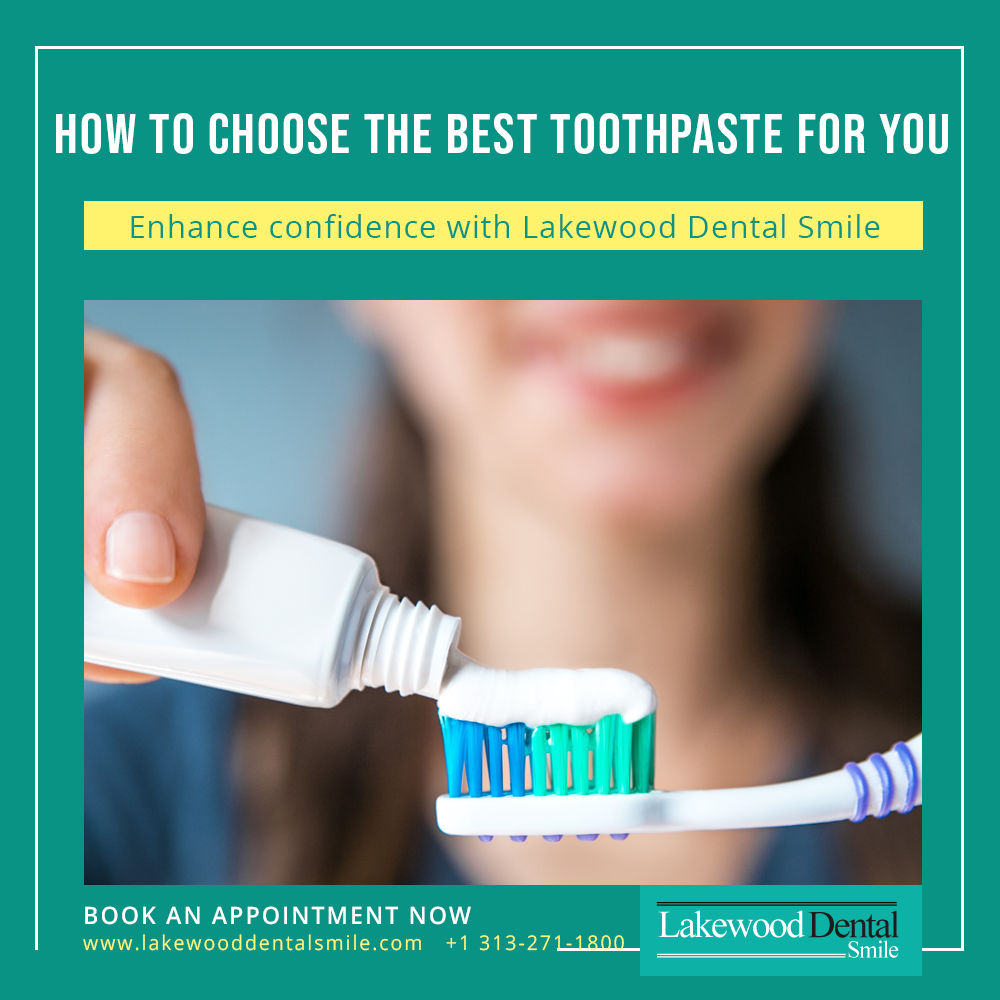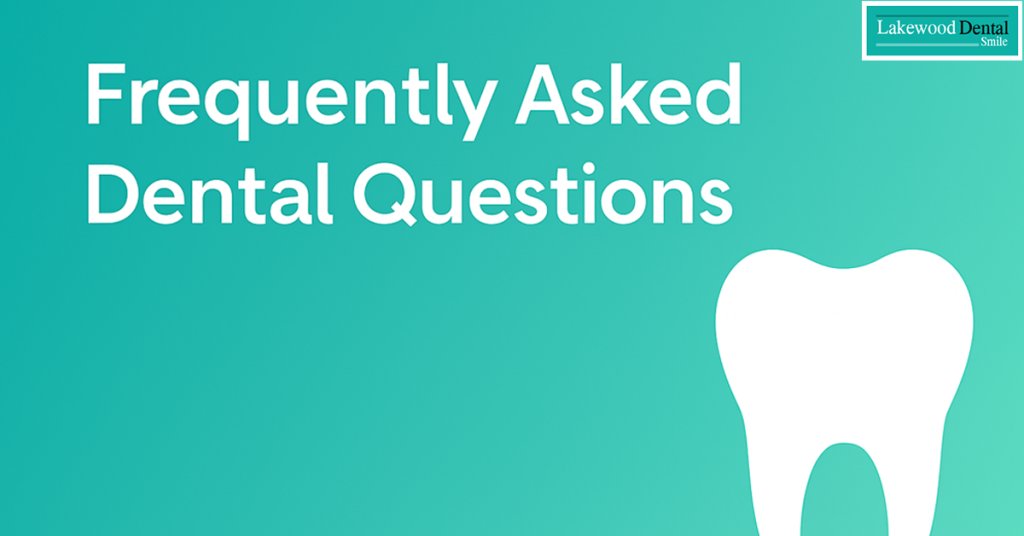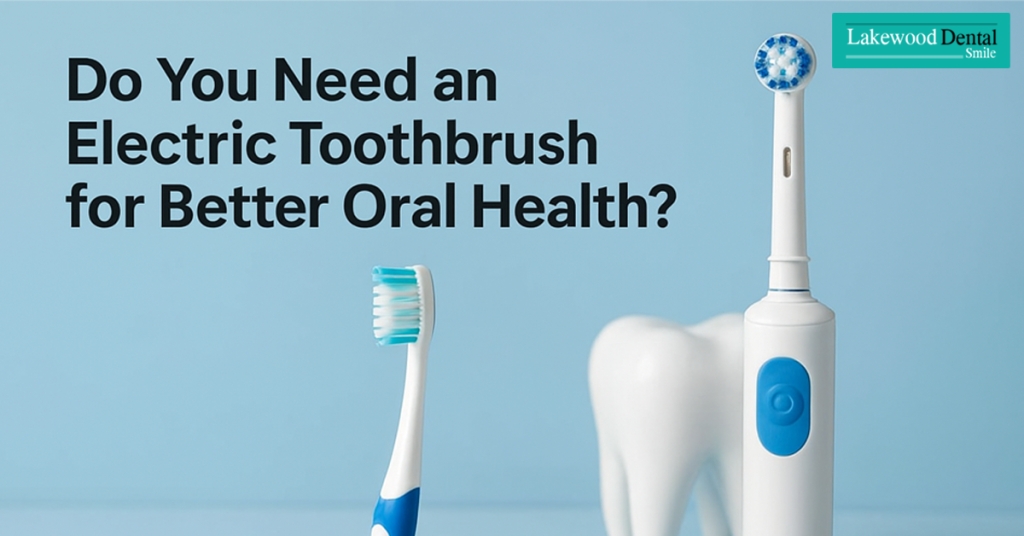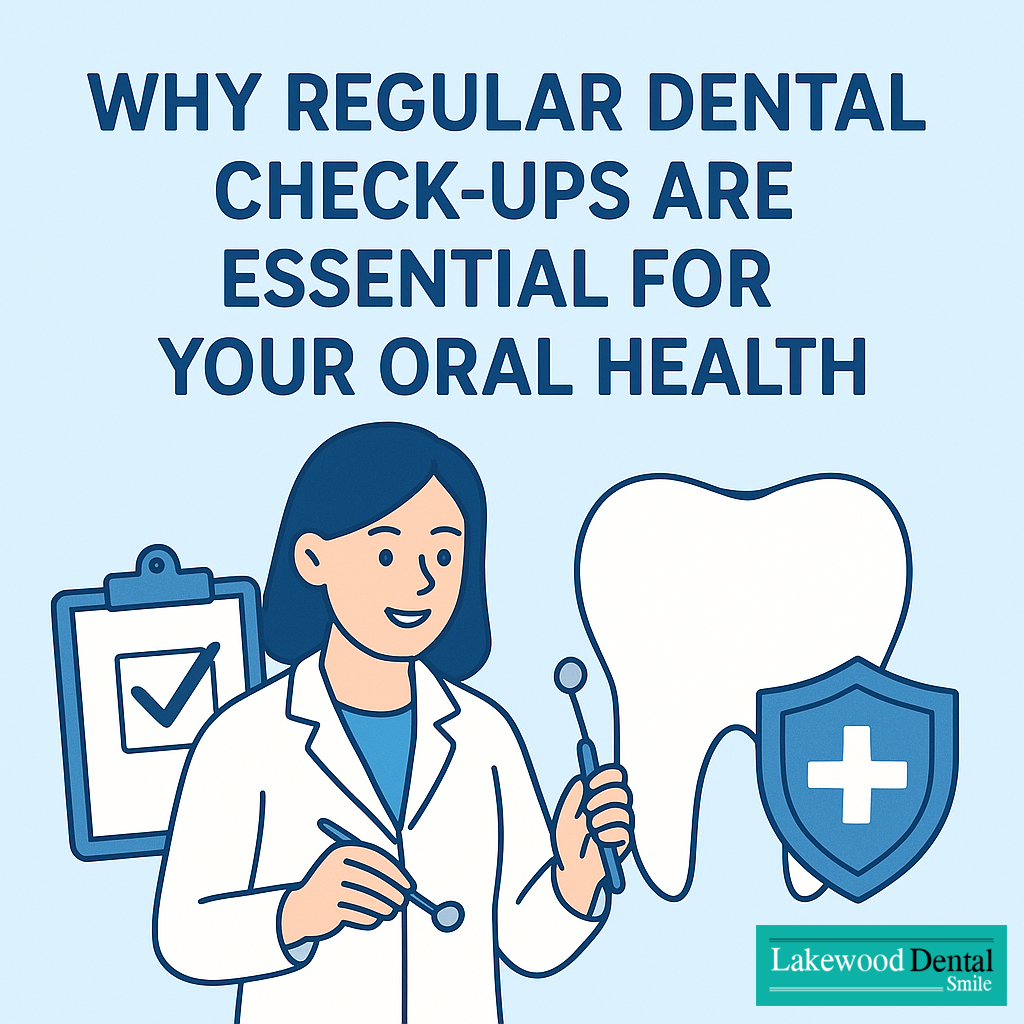Best toothpaste selection plays a crucial role in maintaining good oral hygiene and overall dental health. The right toothpaste can help prevent cavities, reduce plaque buildup, and freshen your breath. With countless products available in stores, choosing the right one can feel confusing. Understanding key ingredients and their purpose helps you make the best choice for your unique dental needs. Whether you have sensitive teeth, discoloration, or gum issues, there’s a specific type of toothpaste designed for you. Let’s explore how to identify the ideal option that fits your dental priorities and promotes long-term oral health.

Procedure / Details (Step-by-Step Guide)
1. Look at the Fluoride Content
A vital step in selecting the best toothpaste is checking its fluoride content. Fluoride is a naturally occurring mineral that strengthens tooth enamel and prevents decay. According to the American Dental Association (ADA), fluoride is an essential ingredient in toothpaste because of its proven ability to fight cavities effectively and safely. If you have a history of dental problems or cavities, a fluoride toothpaste should be your go-to option. However, if you prefer natural alternatives, fluoride-free options are available, offering gentler cleaning for those sensitive to additives.
2. Read the Label Carefully
Before purchasing, review the toothpaste label thoroughly. Not every formula suits everyone. Children’s toothpastes, for instance, are formulated with lower fluoride levels. The ingredient list may include abrasives like calcium carbonate, humectants such as glycerol for moisture, and foaming agents like sodium lauryl sulfate (SLS). By reading labels, you can avoid substances that might trigger allergies or irritation. This habit ensures that your choice of the best toothpaste aligns with your oral condition and personal health preferences.
3. Choose for Specific Dental Problem
Different dental issues call for different formulations. If you’re dealing with decay, pick anti-cavity or anti-plaque toothpaste. Those with sensitive teeth should go for desensitizing toothpaste containing potassium nitrate or stannous fluoride to relieve discomfort. Whitening pastes can brighten enamel but may be abrasive if overused. The best toothpaste for your needs depends on addressing your most pressing concern — whether it’s pain, discoloration, or gum inflammation. Consulting your dentist can help confirm which formula best suits your dental health.
4. Selecting Whitening Toothpaste Wisely
Whitening products are popular for enhancing smile appearance, but not all are suitable for everyone. The best toothpaste for whitening should contain gentle polishing agents to remove stains without harming enamel. However, individuals with sensitivity should be cautious, as some whitening pastes can worsen discomfort. If you desire a brighter smile without irritation, your dentist can recommend safe, professional-grade options or mild over-the-counter varieties that balance aesthetics and comfort.
5. Match Personal Needs and Preferences
Your lifestyle, habits, and dental priorities determine the best toothpaste for you. Some prefer refreshing flavors, while others seek eco-friendly or cruelty-free products. Trying different brands can help you identify what feels right for your mouth. Always consider factors like ingredient sensitivity, freshness, and effectiveness against your oral concerns. This personal approach ensures that your daily brushing routine truly supports healthy gums and teeth.
Benefits of Choosing the Best Toothpaste
1. Improved Oral Health
Using the best toothpaste helps prevent plaque buildup, cavities, and gum disease. Fluoride fortifies enamel and lowers the risk of decay, ensuring a healthy foundation for years.
2. Enhanced Confidence
Regular brushing with the right toothpaste leads to cleaner, whiter teeth and fresher breath, boosting your smile confidence in every interaction.
3. Long-Term Savings
Investing in the best toothpaste reduces the need for expensive dental treatments later. Consistent care minimizes restorations and professional cleaning costs.
Patient Scenario
Consider Jacob, a 35-year-old professional who constantly experienced tooth sensitivity and dull enamel. After consulting Lakewood Dental Smile, he was advised to switch to a fluoride-based desensitizing toothpaste tailored for sensitive gums. Within weeks, he noticed a significant reduction in pain and improved brightness. The team also educated him on brushing technique and diet habits. Following this personalized best toothpaste routine not only restored Jacob’s comfort but also improved his overall oral hygiene. His story illustrates how choosing wisely can prevent long-term dental issues while maintaining confidence in your smile.
Aftercare / Maintenance Tips
Even after finding your best toothpaste, brushing technique and consistency matter most. Use a soft-bristled brush and gentle circular motions for two minutes twice daily. Replace your toothbrush every three months or sooner if bristles fray. Floss and rinse with an antibacterial mouthwash to complement your toothpaste’s benefits. Regular dental visits ensure your toothpaste choice continues to meet your changing oral health needs.
Conclusion
Choosing the best toothpaste is a small step with big impact on your oral health. From fluoride protection to specialized formulas, every ingredient matters. A trusted dental clinic like Lakewood Dental Smile in Dearborn, Michigan, can guide you toward the most suitable products for your condition. Don’t overlook your toothpaste—it’s the first line of defense for a lasting, beautiful smile. Schedule your appointment today to get professional advice tailored to your needs.




